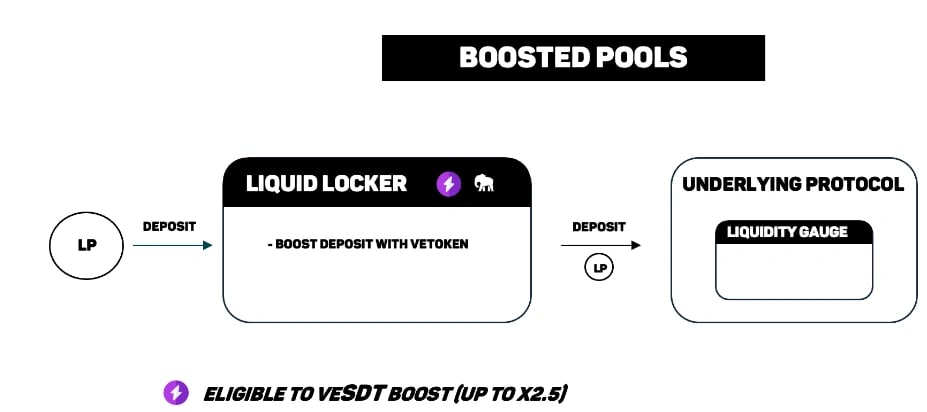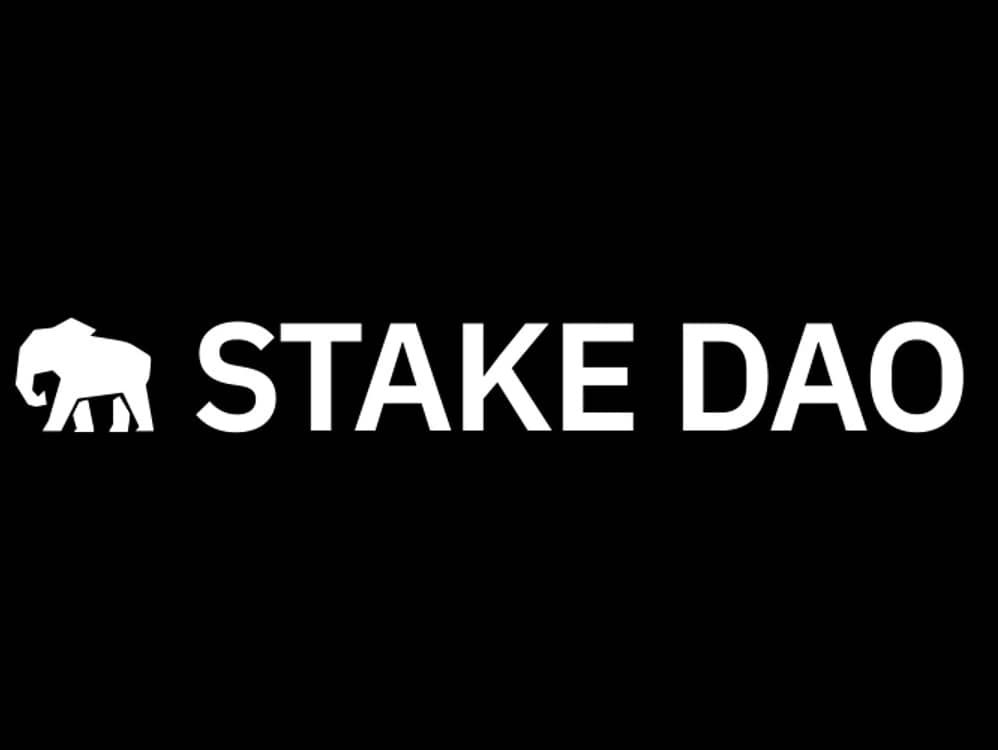Subscribe to wiki
Share wiki
Bookmark
Stake DAO
The Agent Tokenization Platform (ATP):Build autonomous agents with the Agent Development Kit (ADK)
Stake DAO
Stake DAO is a DeFi platform built on Ethereum and it launched in early 2021. [1][2][4]
Stake DAO addresses the limitations of current DeFi protocols by offering a solution that doesn't force users to choose between voting power or yield. With Stake DAO's Liquid Lockers, users can boost their yield, maintain liquidity, exercise governance power, and access cross-chain functionalities. This is achieved through a combination of products centered around veTokens and Liquid Lockers. [4]
Liquid Lockers
Stake DAO Liquid Lockers allow users to lock their tokens in exchange of sdTokens, which are liquid versions of the locked tokens. Users can stake these sdTokens on Stake DAO to earn rewards while maintaining their voting rights, or just use them on the underlying protocol as a liquid token. [5]
With Liquid Lockers, users can lock the native token in the Liquid Locker and receive a sdTOKEN in return. For example, users can lock their FXS via Liquid Lockers, receiving sdFXS tokens in return. For every one FXS locked, the locker will mint one sdFXS. This architecture allows sdFXS holders to vote, off-chain via Snapshot, for the FXS gauges allocation on Frax, once per week. [5]
MAV Liquid Locker Goes Live
On July 7, 2023, Stake DAO announced that the MAV Liquid Locker was now live. This provides a user with the ability to deposit Maverick Protocol's MAV token and receive an equivalent amount in sdMAV. sdMAV represents the liquid share of Stake DAO’s veMAV locker.[9]
By holding sdMAV, users can experience the advantages of veMAV, including enhanced governance power, incentives for voting, and potentially native yield in the future. [9]
Votemarket
Votemarket is a platform designed to empower individuals and protocols by incentivizing voters to cast votes for specific gauges. This influences the direction of reward inflation in veTokenomics protocols, a crucial aspect in the ongoing pursuit of increased liquidity in pools. [6][7]
Votemarket Technology
Votemarket is a smart contract, with one contract per veToken protocol. It reads the underlying gauge voting contract to track the votes a user has cast in the current period. Rewards are then distributed based on the amount per vote set by the incentivizer and the number of periods remaining. [6]
The contract operates in 7-day periods, ending every Thursday at 12 am UTC. Users can claim their incentives at the change of the epoch, with the amount based on their voting engagement and capped by the maximum reward per vote. [6]
Tokenomics
Stake DAO Token
SDT (Stake DAO Token) is Stake DAO's governance token. It was introduced alongside the launch of the protocol in 2021. It is the token earned by users who deposit their tokens into the DAO and functions simultaneously as the native token of the platform. After the expiration of a set time, the SDT tokens deposited are distributed to all users in a manner proportional to the number of fees individual deposits generated as revenue for the DAO platform. To receive and claim their portion of the DAO fees, holders of the token would then need to stake their earned SDT. [2][7]
The SDT has a total fully diluted supply of 100,000,000 SDT. It was distributed as follows:
- Initial airdrop: 1.5% (1,500,000 SDT), distributed on January 20, 2021
- Initial contributors, angel investors, and Foundation: 36% (36,000,000 SDT), linearly vested over 2 years from January 2021
- Stake DAO Foundation (pocket of token kept for future use): 4% (4,000,000 SDT)
- Protocol users: 57.35% (57,352,941 SDT) distributed at a rate set by governance
- Treasury: 1.15% (1,147,059 SDT) distributed at the same rate than for protocol users (every time an SDT is minted from the MasterChef contract, 0.02 SDT are minted and sent to the treasury) [7]
veSDT
veSDT is the governance token of Stake DAO. It is an indicative token that represents having locked SDT for a set amount of time. The longer a user locks (up to 4 years), the greater their boost and benefits across the platform. [7]
Governance Process
The Stake DAO ecosystem is controlled by veSDT token holders who vote on off-chain proposals (on Stake DAO snapshot) that govern the ecosystem. Proposals that generate a majority support (>50% of the votes) are executed by the DAO Multisig. [11]
For a successful governance process, users are required to first create a proposal by using the proposal framework to share on the forum and then exchange it with the community for a minimum of 2 days on the forum. Afterward, users can post the proposal on the Stake DAO snapshot by following the Proposal Framework. If successful, the proposal payload will be executed and implemented by the DAO Multisig. [11]
Strategies
Strategies are an integral part of Stake DAO. They are designed to optimize the potential of Liquid Lockers. Each pool from the underlying protocols with a gauge can have a corresponding strategy on Stake DAO. These strategies are boosted by veTokens owned by the Liquid Locker, benefiting all users who have deposited into the corresponding strategies. [12]
Technology
Users can deposit their LP tokens, earned from providing liquidity in underlying protocols, into a strategy, where they are directed to the underlying Liquidity Gauge. They can choose to deposit without additional gas costs, with subsequent depositors receiving a percentage of the previous depositor's balance. Strategies use Liquid Locker veToken balance to boost rewards, and users can claim rewards directly or re-compound them into the Liquid Locker, ensuring continuous full boost. Strategies may also receive SDT incentives to increase yield. [12]

Partners
B2B
Ecosystem
Architecture
Stake DAO Academy
Stake DAO Academy was launched by Stake DAO to make sure their users understand all the terms that the platform deals with. Academy has a goal to be a comprehensive resource for users' learning needs in the crypto space. [8]
Reserve's Investment
In June 2023, stablecoin protocol Reserve announced that it would be investing $20 million into the governance tokens of yield farming apps Stake DAO (SDT), Curve (CRV), and Convex (CVX). The investment is intended to increase the liquidity of Reserve’s stablecoins, called RTokens and also to increase Reserve's voting power within these apps’ governance systems. [10]
The Reserve team stated that the $20 million investment may allow for new features for RTokens, including “collateralized loans, wallet products, tokenizing real-world assets, and more transparent fintech systems.”[10]
See something wrong?
The Agent Tokenization Platform (ATP):Build autonomous agents with the Agent Development Kit (ADK)
